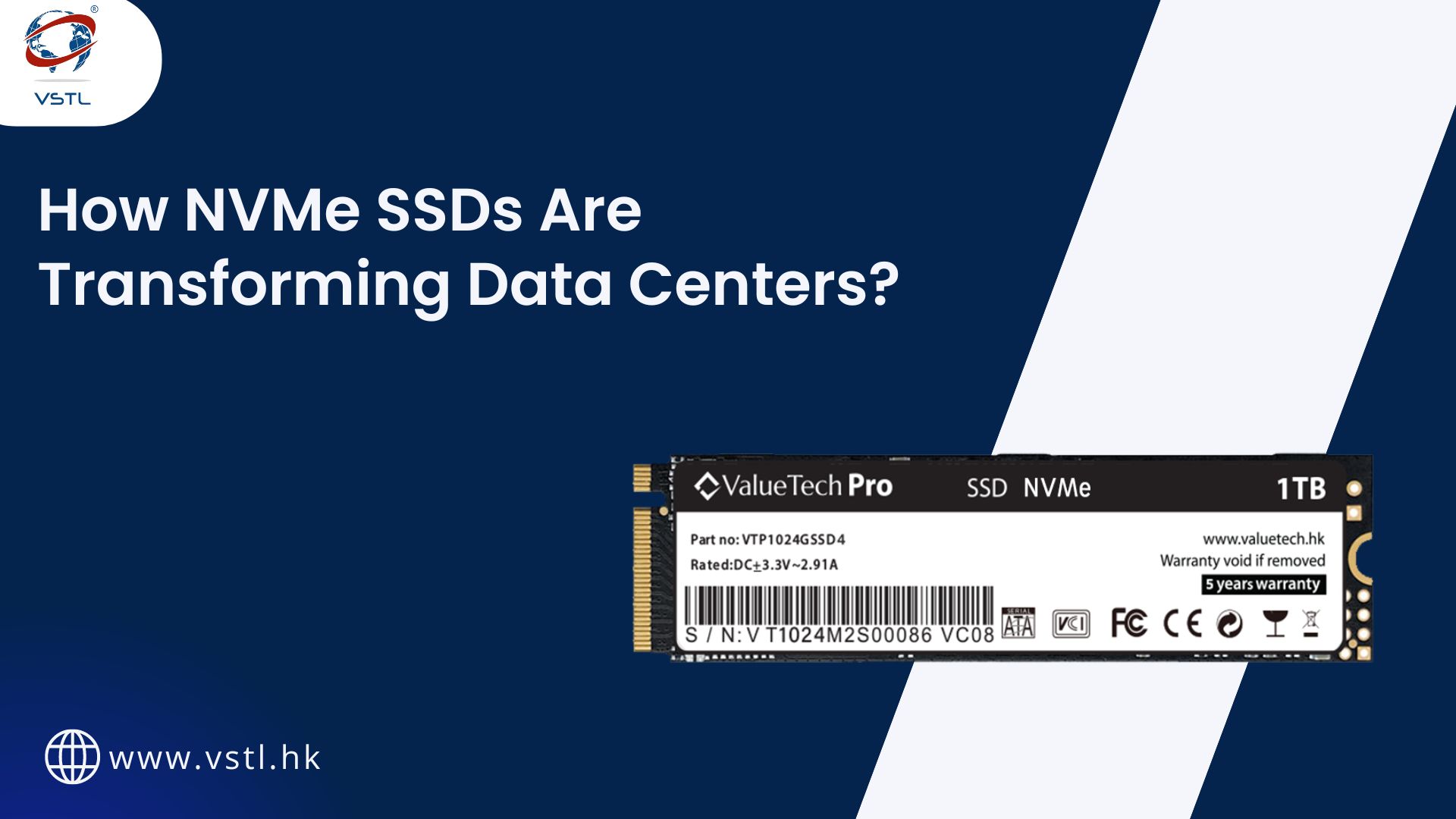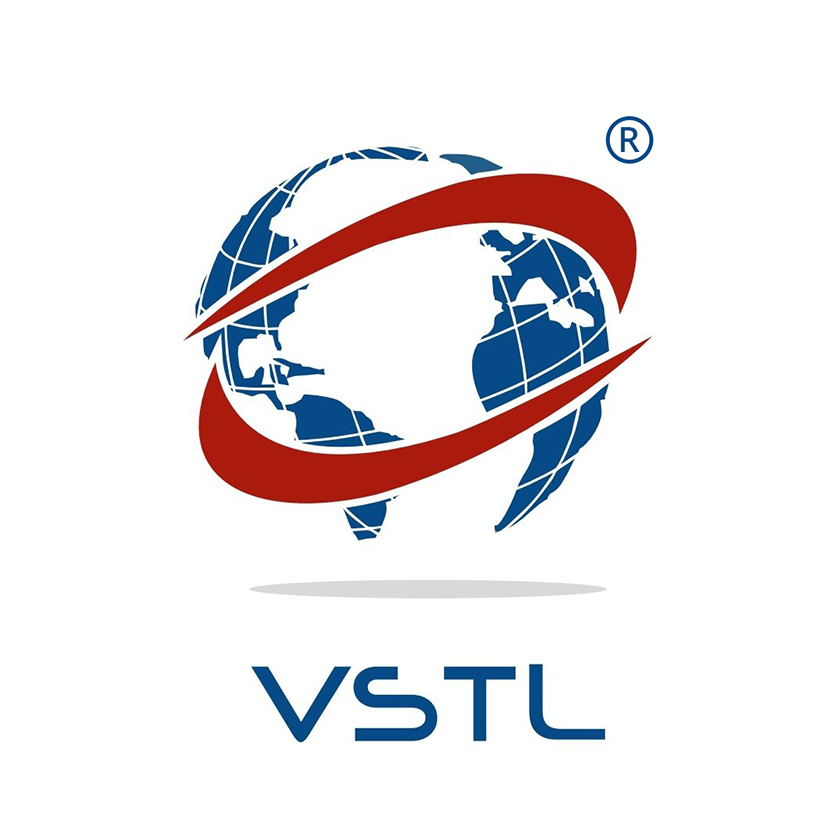
In today’s digital world, data centers are the backbone of many businesses, powering everything from websites to cloud services. The performance of these data centers is heavily dependent on the speed and efficiency of their storage solutions. Traditional storage technologies, such as Hard Disk Drives (HDDs) and even older Solid-State Drives (SSDs), are no longer sufficient to meet the ever-growing demand for speed, scalability, and efficiency. Enter NVMe (Non-Volatile Memory Express) SSDs, a game-changing technology that is transforming data centers by offering faster access speeds, lower latency, and better scalability.
Understanding NVMe SSDs
NVMe SSDs are a type of solid-state drive that uses the NVMe protocol to access high-speed storage media connected via the PCIe (Peripheral Component Interconnect Express) interface. Unlike older SSDs that used SATA (Serial ATA) interfaces, NVMe SSDs are designed specifically to leverage the high-speed PCIe bus, which provides a direct connection to the CPU, bypassing the slower SATA interface. This direct connection allows NVMe SSDs to deliver significantly faster data transfer speeds, lower latency, and improved overall performance.
Faster Access Speeds: The Key to Enhanced Performance
One of the primary advantages of NVMe SSDs is their ability to provide faster access speeds compared to traditional storage solutions. Traditional HDDs, which rely on spinning disks and mechanical arms to read and write data, are significantly slower than SSDs, which have no moving parts. However, even older SSDs that use SATA interfaces are limited by the bandwidth constraints of the SATA bus, typically capping out at around 600 MB/s.
NVMe SSDs, on the other hand, take advantage of the PCIe interface, which offers much higher bandwidth. PCIe 3.0, commonly used in many data centers, can deliver up to 32 GB/s in its x16 configuration, while PCIe 4.0 and PCIe 5.0 provide even higher speeds. This allows NVMe SSDs to achieve read and write speeds that can exceed 3,000 MB/s, and in some cases, even 7,000 MB/s or more with PCIe 4.0 and beyond.
These faster access speeds translate directly into better performance for data center operations. Tasks that involve heavy data reading and writing, such as database queries, data analytics, and content delivery, benefit immensely from the reduced data retrieval times offered by NVMe SSDs. This leads to quicker application responses, reduced load times, and overall improved user experiences.
Lower Latency: Reducing Delays and Enhancing Efficiency
Latency is another critical factor in data center performance. It refers to the delay between a request for data and the delivery of that data. In traditional storage solutions, such as HDDs, latency is relatively high due to the mechanical nature of the devices. Even older SSDs using SATA interfaces have higher latency compared to NVMe SSDs, primarily because of the overhead associated with the SATA protocol.
NVMe SSDs are designed with low latency in mind. The NVMe protocol reduces the number of steps required to process a command, and it supports parallelism with multiple command queues. While SATA SSDs typically support one command queue with up to 32 commands, NVMe SSDs can support thousands of queues with up to 64,000 commands each. This capability significantly reduces latency, allowing NVMe SSDs to deliver data much faster.
In practical terms, the lower latency of NVMe SSDs means that data center applications can access data almost instantly. This is particularly important for latency-sensitive applications, such as financial trading platforms, real-time analytics, and high-frequency trading, where even microseconds of delay can have significant implications. By reducing latency, NVMe SSDs help ensure that these applications run smoothly and efficiently, providing faster responses and better overall performance.
Better Scalability: Meeting the Growing Demands of Modern Data Centers
Scalability is a major consideration for data centers, especially as the demand for data storage and processing continues to grow. Traditional storage solutions often struggle to scale effectively, leading to bottlenecks and reduced performance as data volumes increase. NVMe SSDs, however, offer a level of scalability that is well-suited to the needs of modern data centers.
One of the ways NVMe SSDs achieve better scalability is through their support for the NVMe-oF (NVMe over Fabrics) protocol. NVMe-oF extends the benefits of NVMe beyond the local server, allowing NVMe SSDs to be accessed over a network. This enables data centers to build highly scalable, high-performance storage architectures that can support a vast number of devices without sacrificing speed or efficiency.
Additionally, NVMe SSDs are designed to handle a large number of input/output operations per second (IOPS). This high IOPS capability allows data centers to manage large-scale workloads more effectively, distributing data access across multiple drives and servers to avoid bottlenecks. As a result, NVMe SSDs enable data centers to scale their storage infrastructure seamlessly, accommodating growing data volumes and increasingly complex workloads.
Energy Efficiency: Lower Power Consumption and Reduced Costs
Another important aspect of NVMe SSDs in data centers is their energy efficiency. Traditional HDDs and even older SSDs can consume significant amounts of power, especially when handling large volumes of data. This not only increases operational costs but also contributes to the overall environmental impact of data centers.
NVMe SSDs, by contrast, are designed to be more energy-efficient. They consume less power per operation due to their faster access speeds and lower latency, which means they can complete tasks more quickly and return to idle states sooner. Additionally, the lack of mechanical parts in NVMe SSDs reduces the energy required for data storage and retrieval.
The energy efficiency of NVMe SSDs translates into cost savings for data centers. Lower power consumption means reduced electricity bills and less strain on cooling systems, which are often significant contributors to data center operating costs. Moreover, as data centers increasingly prioritize sustainability, the energy-efficient nature of NVMe SSDs makes them an attractive choice for organizations looking to reduce their carbon footprint.
Enhanced Reliability: Minimizing Downtime and Improving Data Integrity
Reliability is a critical factor for any data center storage solution. Downtime or data loss can have severe consequences, ranging from financial losses to reputational damage. NVMe SSDs offer enhanced reliability compared to traditional storage technologies, thanks to their robust design and advanced error-correction capabilities.
NVMe SSDs typically come with features such as end-to-end data protection, power-loss protection, and advanced wear-leveling algorithms. These features help ensure data integrity and protect against data corruption or loss, even in the event of unexpected power failures. Furthermore, the durability of NVMe SSDs, with no moving parts to wear out, makes them less prone to mechanical failures than HDDs.
The enhanced reliability of NVMe SSDs reduces the risk of downtime in data centers, helping to maintain uninterrupted service and high availability. For mission-critical applications, such as online transactions, cloud computing, and data analytics, this reliability is essential to ensure continuous operation and prevent costly disruptions.
Future-Proofing Data Centers: Preparing for the Next Wave of Innovations
As technology continues to evolve, data centers must be equipped to handle the next wave of innovations and increasing data demands. NVMe SSDs provide a future-proof storage solution that is well-positioned to meet these challenges.
With the advent of PCIe 4.0 and PCIe 5.0, NVMe SSDs are expected to deliver even greater performance, with faster access speeds and reduced latency. This ongoing improvement in NVMe technology ensures that data centers can continue to scale and adapt to new requirements, such as artificial intelligence (AI), machine learning, and big data analytics, which demand high-speed storage solutions.
Moreover, as NVMe SSDs continue to evolve, we can expect to see further enhancements in areas such as power efficiency, data security, and integration with emerging technologies like 5G and edge computing. By investing in NVMe SSDs, data centers can position themselves at the forefront of these technological advancements, ensuring they remain competitive and capable of meeting the needs of their customers.
Use Cases: Real-World Applications of NVMe SSDs in Data Centers
NVMe SSDs are being adopted across a wide range of industries and use cases, demonstrating their versatility and impact on data center performance. Here are some real-world applications where NVMe SSDs are making a difference:
- Cloud Computing: Cloud service providers rely on fast and efficient storage solutions to deliver responsive services to millions of users. NVMe SSDs help cloud providers achieve high performance and low latency, enhancing the user experience for applications like cloud storage, virtual machines, and software-as-a-service (SaaS) platforms.
- Big Data and Analytics: Big data applications require rapid access to large volumes of data. NVMe SSDs enable data centers to process and analyze data faster, providing real-time insights and supporting decision-making processes in industries such as finance, healthcare, and retail.
- Content Delivery Networks (CDNs): CDNs distribute content, such as videos and web pages, to users around the world. NVMe SSDs help CDNs deliver content quickly and efficiently, reducing load times and improving the user experience for streaming services, social media platforms, and online gaming.
- Artificial Intelligence and Machine Learning: AI and machine learning applications require high-speed storage to handle large datasets and complex algorithms. NVMe SSDs provide the necessary performance to support these workloads, enabling faster training times and more accurate models.
- Virtualization: Virtualized environments, such as virtual desktop infrastructure (VDI) and virtual servers, benefit from the high IOPS and low latency of NVMe SSDs. This improves the performance of virtual machines, allowing data centers to host more instances per server and reduce costs.
Conclusion
NVMe SSDs are transforming data centers by providing faster access speeds, lower latency, and better scalability compared to traditional storage solutions. Their ability to deliver high performance, energy efficiency, and enhanced reliability makes them an ideal choice for modern data centers looking to meet the growing demands of today’s digital landscape.
As technology continues to advance, NVMe SSDs will play an increasingly important role in shaping the future of data storage and processing. By adopting NVMe SSDs, data centers can ensure they are equipped to handle the next wave of innovations, providing faster, more reliable, and more scalable services to their customers. Whether it’s supporting cloud computing, big data analytics, or artificial intelligence, NVMe SSDs are set to be a cornerstone of data center infrastructure for years to come.
OTHER SIMILAR BLOGS
NVMe vs. SATA SSDs: Which One Should You Choose?- Read Full Blog
How to Securely Erase Data from Your SSD?– Read Full Blog
The Advantages of Upgrading to an SSD- Read Full Blog
